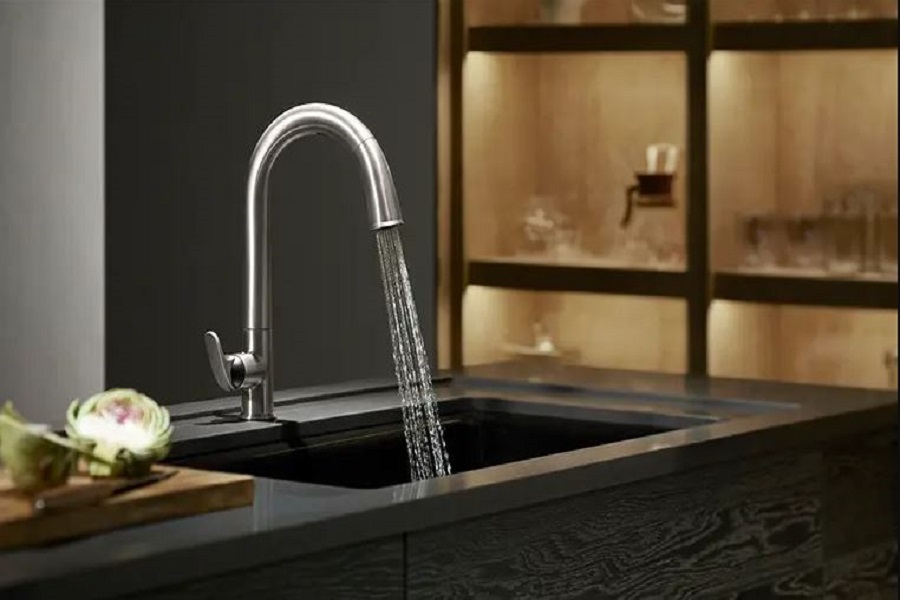Maintaining your shower faucet is essential to ensure its longevity and optimal performance. Regular maintenance can help prevent issues such as leaks, drips, and reduced water flow.
Clean the faucet regularly: Regularly clean the exterior of the faucet with a mild soap solution and a soft cloth or sponge. Avoid using abrasive cleaners or scrubbing pads, as they can damage the faucet's finish. Cleaning the faucet helps prevent the buildup of soap scum, mineral deposits, and dirt, keeping it looking new and functioning properly.
Check for leaks and drips: Periodically inspect the faucet for any signs of leaks or drips. If you notice any leaks, address them promptly to prevent water wastage and potential damage to the surrounding area. Leaking faucets can also cause increased wear on internal components, leading to more significant issues over time.
Replace worn-out parts: Pay attention to any changes in water flow or temperature control. If you experience difficulty in adjusting the water temperature or notice reduced water pressure, it might be a sign that certain parts inside the faucet are worn out or damaged. In such cases, it's best to replace the faulty components to restore the faucet's performance.
Clean or replace the aerator: If you notice reduced water flow or a distorted water pattern, the aerator could be clogged with mineral deposits. Remove the aerator and clean it thoroughly with vinegar to dissolve any mineral buildup. If cleaning doesn't resolve the issue, consider replacing the aerator.
Lubricate moving parts: Lubricate any moving parts or handles with silicone-based lubricant to ensure smooth operation. This helps prevent unnecessary strain on the faucet and ensures that you can easily control water flow and temperature.
Check and adjust water pressure: High water pressure can put additional stress on the faucet and its components. If your water pressure is too high, consider installing a pressure-reducing valve to protect the faucet from potential damage.
Avoid excessive force: When operating the handles or knobs, use gentle pressure to avoid over-tightening or forcing them. Applying excessive force can lead to premature wear and damage to the faucet.
Insulate exposed pipes during freezing temperatures: If you live in an area with freezing temperatures, insulate any exposed pipes to prevent them from freezing and potentially damaging the faucet.
Follow manufacturer's guidelines: Always refer to the manufacturer's instructions and guidelines for your specific faucet model. These guidelines may include specific maintenance recommendations and tips to ensure optimal performance.


By following these tips and maintaining your shower faucet regularly, you can extend its lifespan and enjoy a consistently high-performing and efficient fixture in your bathroom. If you encounter any significant issues or are unsure about maintenance procedures, consider seeking assistance from a professional plumber.


 русский
русский Español
Español
 English
English русский
русский Español
Español


























